Nextivity only introduces products that have a clear advantage over other offerings in the market. Everything is designed in-house for complete end-to-end control. Stop by and see our patents and meet the inventors - they're always working on something else to keep us connected.
Our in-building cellular coverage and public safety solutions offer the most signal gain at the lowest cost – keeping businesses, governments, schools and others connected to the outside world. And when you’re at home or on the go, well, we have you covered there too.
If you go outside, up to the roof, over to a window, or stick your arm in the air and get a signal, Nextivity can help.

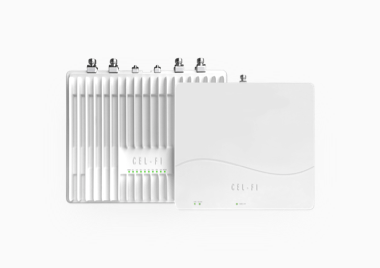
Multi-Carrier
3G/4G/5G and CBRS
Active DAS Hybrid

Multi-Carrier
3G/4G/5G
Active DAS Hybrid
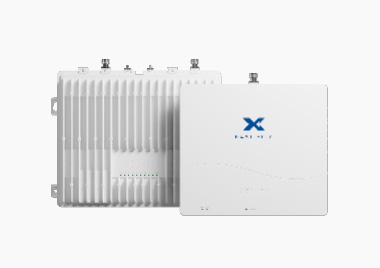
One or Two Carrier
3G/4G/5G
Active DAS Hybrid
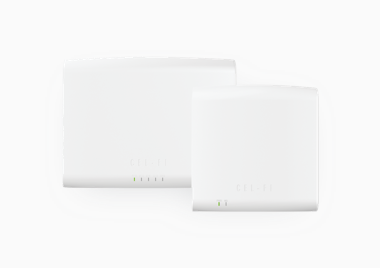
Dual-Carrier
3G/4G/5G
Active DAS Hybrid

Single-Carrier
3G/4G/5G
Active DAS Hybrid
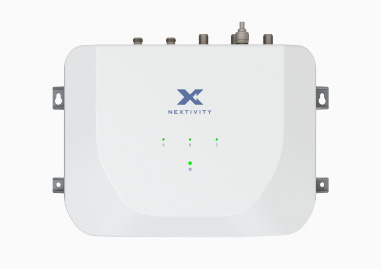
Three-Carrier
4G/5G
Smart Signal Booster
Smart Cellular Signal Boosters for Where you Live
Smart Cellular Signal Boosters for Where you Go
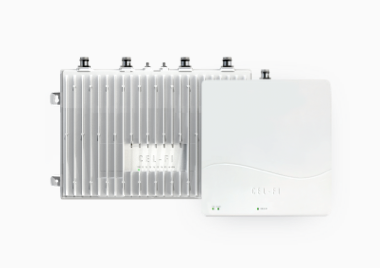
Multi-Carrier
3G/4G/5G
Active DAS Hybrid
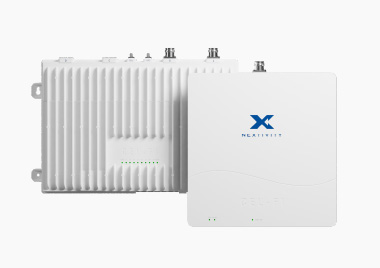
One or Two Carrier
3G/4G/5G
Active DAS Hybrid

Dual-Carrier
3G/4G/5G
Active DAS Hybrid
U.S. & Canada Only

Single-Carrier
3G/4G/5G
Active DAS Hybrid

Three-Carrier
3G/4G/5G
Smart Signal Booster
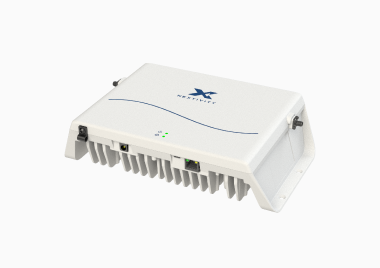
Single-Carrier
5G NR and 3G/4G/5G Smart Signal Booster
Smart Cellular Signal Boosters for Where you Live
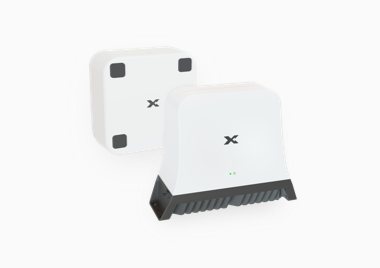
Single-Carrier
3G/4G/5G
Plug-and-Play Solution

Single-Carrier
5G NR and 3G/4G/5G Smart Signal Booster
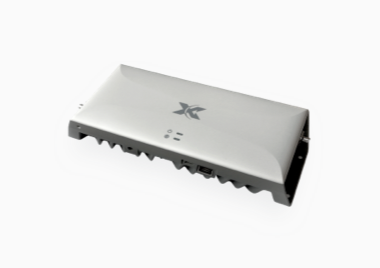
Single-Carrier
3G/4G/5G
Smart Signal Booster
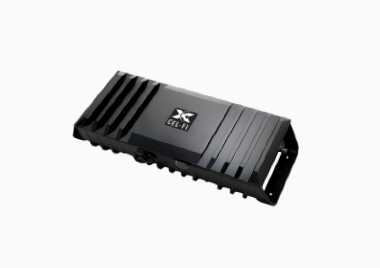
Single-Carrier
3G/4G/5G
Stationary or Mobile
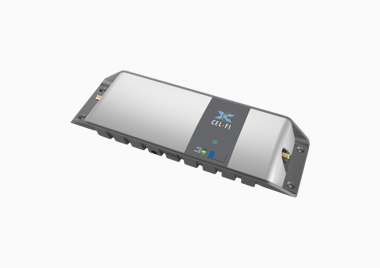
Single-Carrier
3G/4G/5G
Stationary or Mobile
Oceania Only
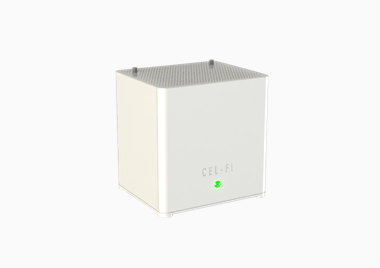
Single-Carrier
3G/4G/5G
Smart Signal Booster
Smart Cellular Signal Boosters for Where you Go
Public safety products are currently only available in the U.S.
Smart In-Building Code Compliant Solutions for Trusted Coverage and Achieving Certificates of Occupancy
Smart FirstNet Signal Boosters Ensure Band 14 Connectivity for First Responders and Essential Workers
For Life-Saving and other Essential Communication
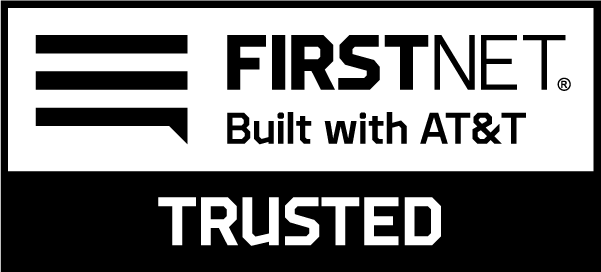
Pair with CEL-FI Systems and Nextivity WAVE Software to Streamline Installations
Antennas that Bring the Power of the Macro Network Indoors (Off-Air)
Antennas that Distribute Signal throughout the Building
Keeping people connected through the world’s smartest cell phone signal boosters, public safety communication systems, private networking solutions, and HPUE devices. Powered by proprietary IntelliBoost® technology.
16550 West Bernardo Drive
Building 5, Suite 550
San Diego, CA 92127
+1 (858) 485-9442
[email protected]
©2024 Nextivity, Inc.